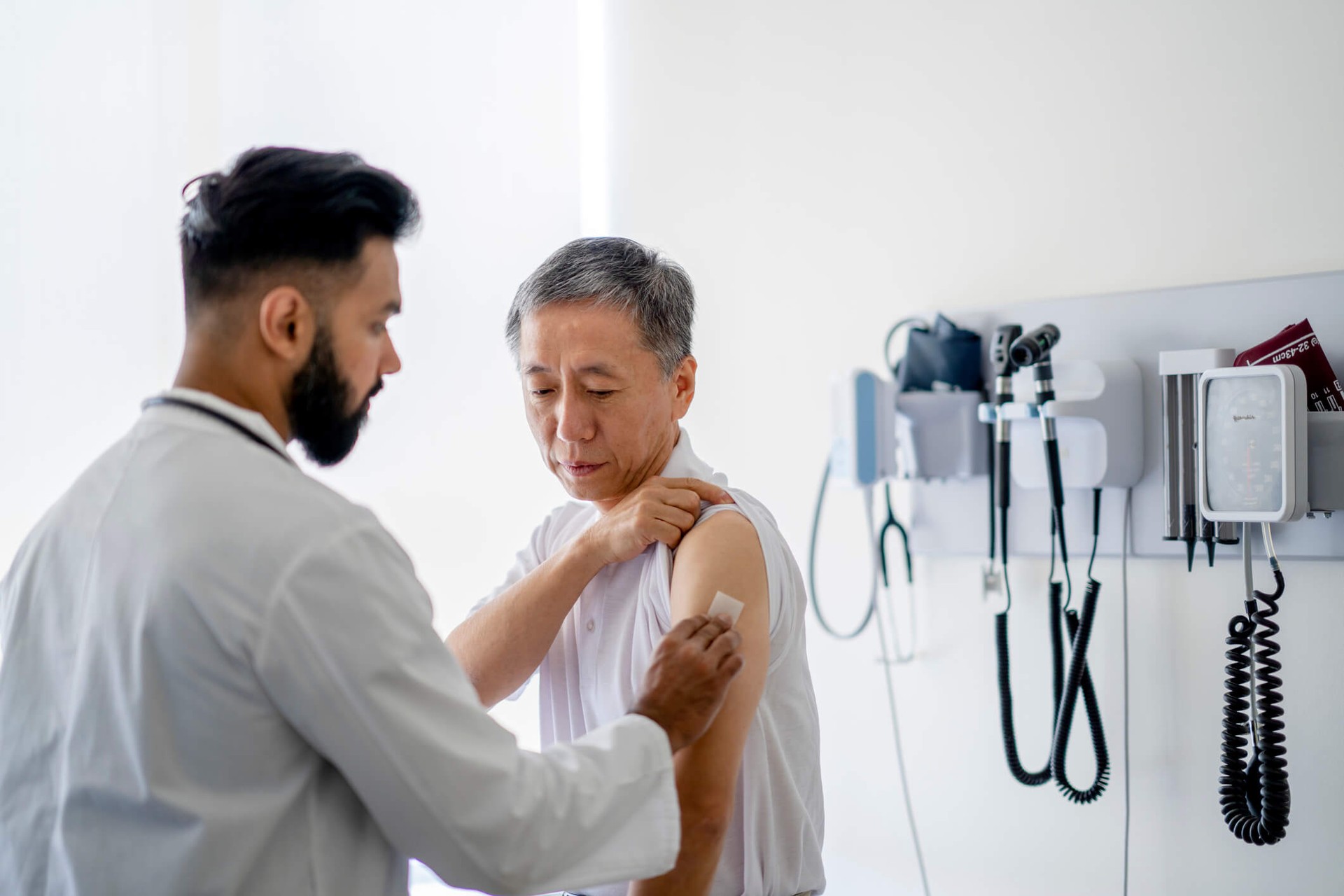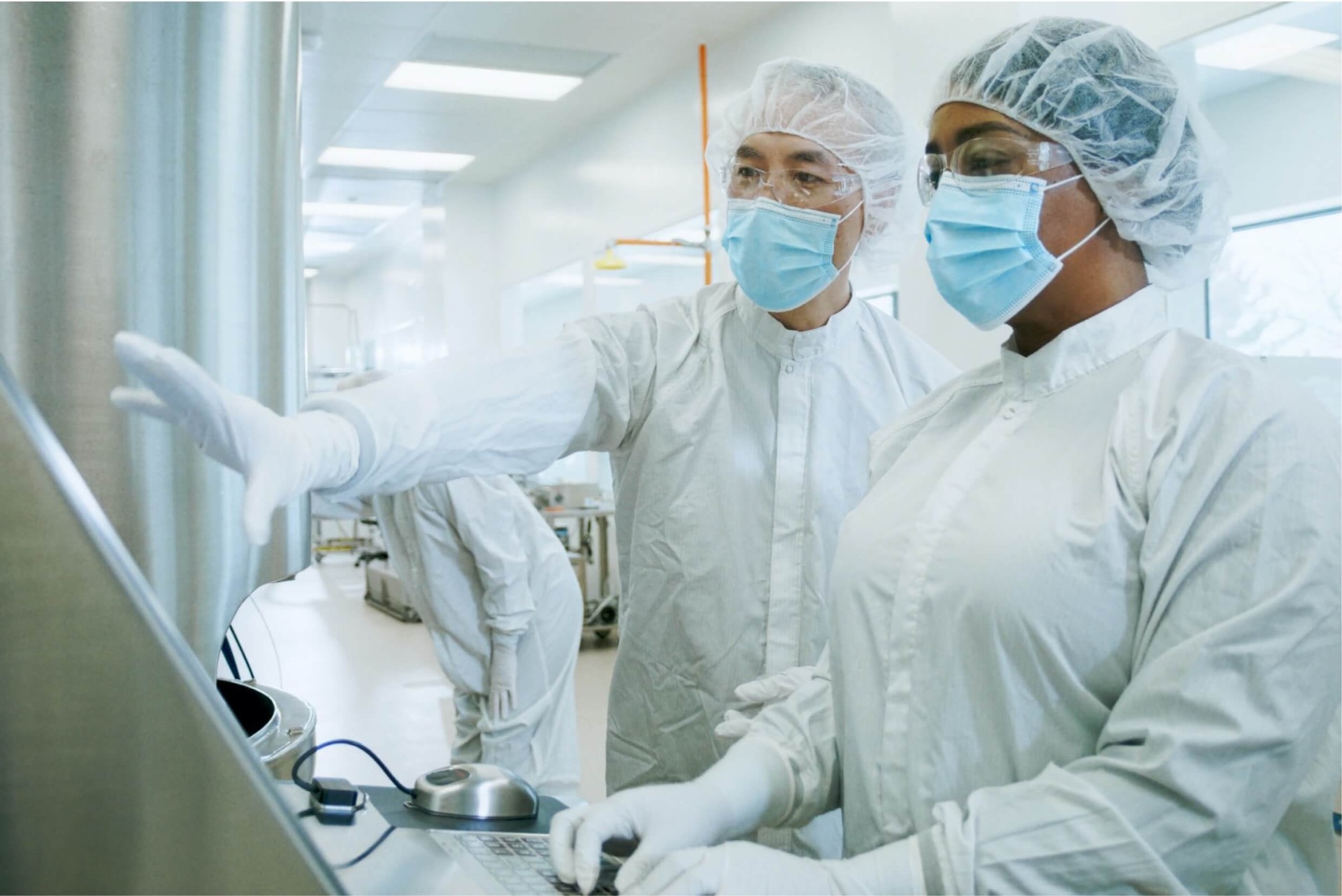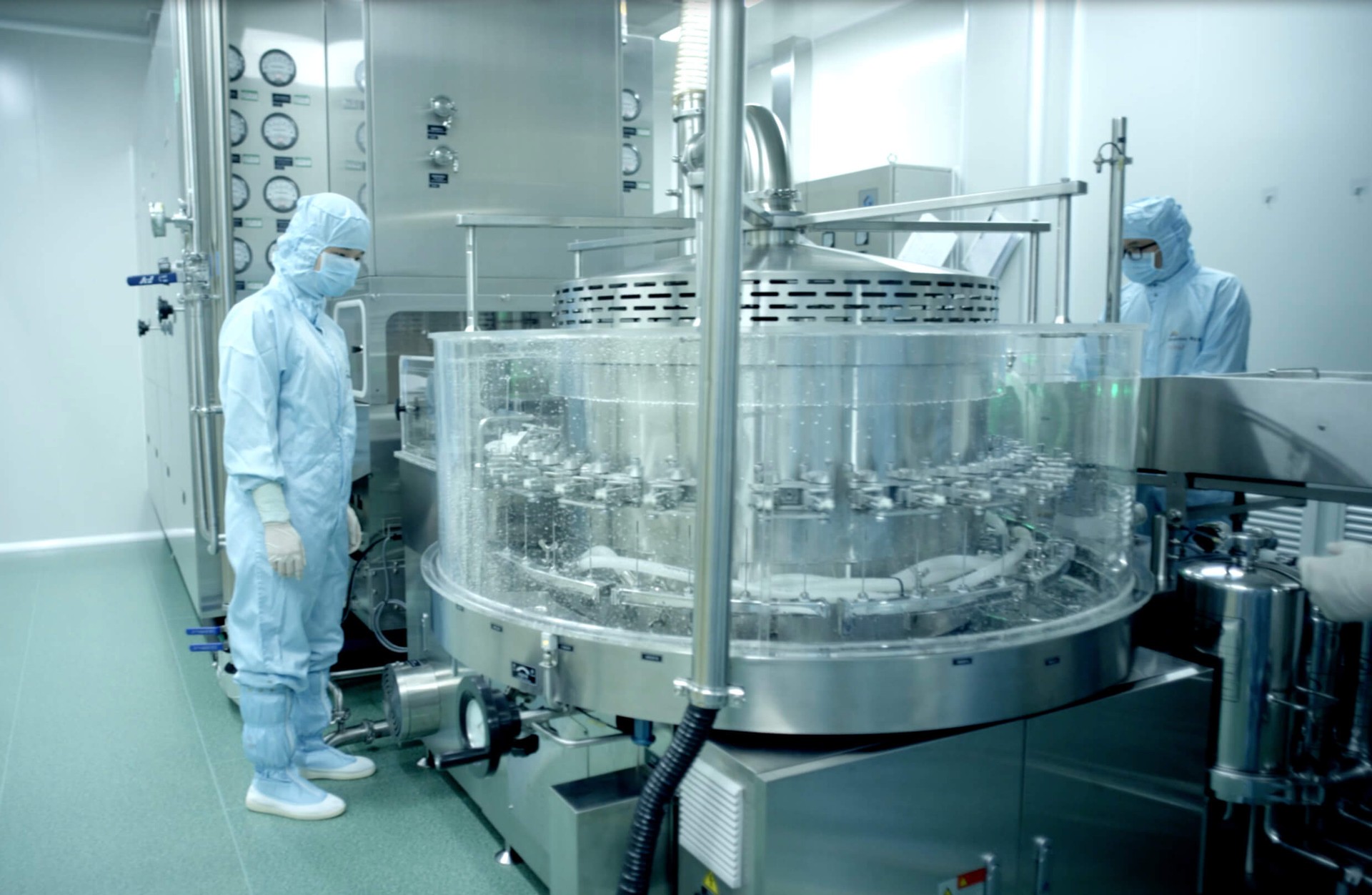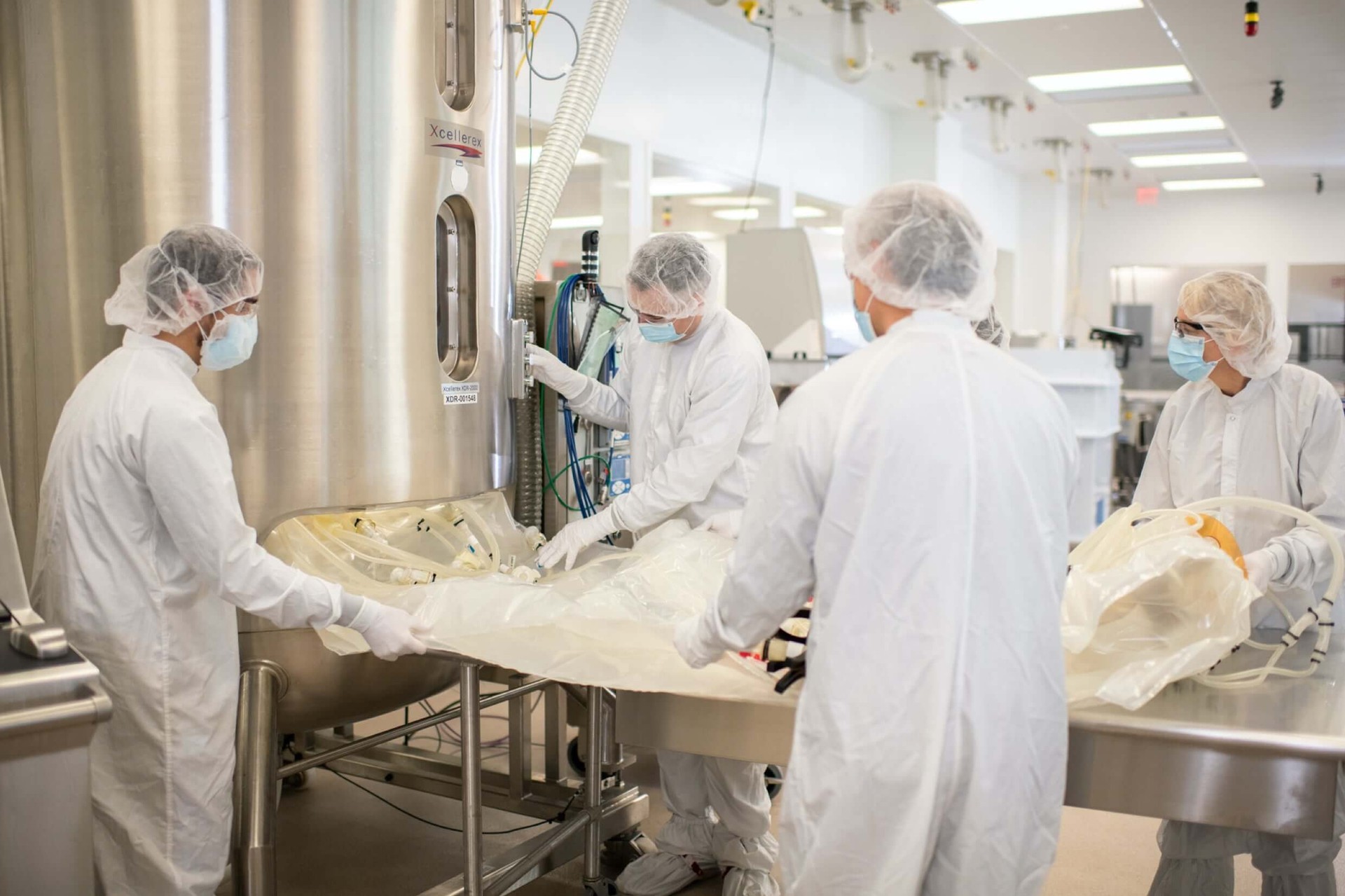How China and India’s Biopharma Boom is Being Fueled by Their Aging Populations
China and India are biopharmaceutical heavyweights. But disruptions to the supply of materials and a lack of talent threaten their rapid growth. Add in the looming reality of large, aging populations and the subsequent threat to already stressed healthcare systems, and the two countries have sought solutions to keep evolving.
The global biopharma industry is booming, and according to the data, it couldn’t be happening at a better time. We’re living longer – but the impact of that is a growing and resource-hungry older demographic. The demand for novel therapies is bigger than ever.
The WHO states that the number of people aged 65 or more is projected to grow from an estimated 524 million in 2010 to nearly 1.5 billion in 2050. While an older population is a sign of incredible advances in medicine, old age brings a higher prevalence of chronic illnesses, which poses a significant burden to healthcare resources and services.

Governments are now reconsidering all aspects of their healthcare systems, including the methods of delivering care. For the two most populous countries, China and India, the challenges are even greater. In just 30 years, 1 in every 5 Indians will be a senior citizen, whereas 1 in every 4 Chinese will be 65 years or older.
It shouldn’t feel like a coincidence that these countries have the fastest-growing biopharmaceutical sectors in the world. Progress in cell and gene therapy, among other biologics, promises to improve treatment for many chronic diseases suffered by an aging population.
Biopharma to the rescue
The Chinese sector is estimated to reach more than USD 48.8 billion in 2021, with the highest compound annual growth rate in the world, at 34.8%. “We are witnessing a large number of innovative Chinese drugs, many of which are being recognized by international pharmaceutical giants and licensed out to multinational corporations,” explains Dr. Michelle Yu Xia, chairman and CEO of Akeso Biopharma.
“Akeso is a typical example of this innovation,” adds Dr. Xia. The biotech pioneer has over 20 products in the pipeline, and 40 clinical trials are currently underway. Its anticancer medication Cadonilimab entered the National Medical Products Administration new drug application submission procedure, expected to become the first in its class to be approved in the world.

Similarly, the Indian biopharma market is expected to reach approximately USD 40 billion in 2023, expanding at a compound annual growth rate of 31.7%.
“My Indian colleagues are doing fantastic things,” says Sven Frie, General Manager Commercial Enterprise Solutions at Cytiva, a global provider of life sciences technologies and services. “India’s Serum Institute is a prime example of the advancement we’re witnessing in Asia.” The Pune-based company is the world’s largest manufacturer of vaccines by doses and has played an instrumental role during the pandemic, helping supply low- and middle-income countries with the AstraZeneca and Sputnik vaccines.
But Dr. Xia acknowledges the rising markets still have some catching up to do when compared to western ecosystems. “A gap still exists when it comes to cutting-edge research,” she explains. “We need to develop the supporting systems for upstream and downstream value chains, our talent cultivation, and an atmosphere for original research and innovation.”
We need to develop the supporting systems for upstream and downstream value chains, our talent cultivation, and an atmosphere for original research and innovation.Dr. Michelle Yu Xia, Chairman and CEO, Akeso Biopharma
Roadblocks to medical innovation
“Even without Covid-19, there was already a shortage in core materials and consumables such as buffers, resins, bags, and tubing,” explains Joe Makowiecki, Enterprise Solutions Director of Business Development at Cytiva. The deficit was made even worse during the pandemic, with vaccine development taking precedence, leading to delays of up to 15 months for basic supplies. And even if a business procured the essentials, there was no guarantee that the right team would be available to use it.
Even without Covid-19, there was already a shortage in core materials and consumables such as buffers, resins, bags, and tubing.Joe Makowiecki, Enterprise Solutions Director, Business Development, Cytiva
“Having access to trained personnel that can routinely follow Good Manufacturing Practice (GMP) guidelines for the manufacture of high-quality pharmaceutical products is another area of key concern,” adds Frie. “Because of the scarcity of talent, you keep running into a similar set of people at different companies. Better wages attract them to other employers, and they jump ship. This is making it quite expensive for these companies to build the sustainable workforce they desperately need.”
The rise of Bio-Clusters
Together with solid backing in the form of governmental incentives, these initiatives are leading to the formation of biopharma clusters. “They are biotech centers, with a cluster of biopharma companies and a huge talent pool that live nearby,” explains Frie.
“In China, you have, for example, Suzhou, Guangzhou, Shanghai, Hangzhou and Beijing as key areas looking to attract these start-up companies that generate new product pipelines and produce novel biologics,” Frie continues. “In India, you have hubs of biologics manufacturers in places such as Pune, Mumbai, Hyderabad, Bangalore, and New Delhi.”

In Guangzhou's ‘Knowledge City’ in China, Akeso Biopharma is setting up a GMP-compliant manufacturing facility with the help of Cytiva. “We have over 20 drug candidates in major disease sectors such as oncology, auto-immune, inflammation, and metabolic diseases. Cytiva’s FlexFactory™ solution offers us the flexibility to meet the clinical development and initial commercial demand for these drugs,” explains Dr. Xia. “Our first-in-class antibody Cadonilimab will be the first core drug produced in this facility.”
The integrated FlexFactory™ biomanufacturing platform allows production of key biologics. The solution’s versatility means companies like Akeso Biopharma can rapidly adjust and upgrade their existing infrastructure, such as ordering a modular KUBio™ production environment. There’s a focus on efficiency, achieved through intelligent set-up, automation, and the provision of all components required at each stage of the production lifecycle.
Bioparks are offering all the infrastructure modern bioscience needs to evolve. Besides attracting scientific experts, these thriving areas are also quickly becoming learning centers for new talent.
Biopharmaceutical manufacturing is a rigorous process. That’s why talent cultivation and expert training are important in ensuring consistent manufacturing of high-quality products.Dr. Michelle Yu Xia, Chairman and CEO, Akeso Biopharma
The state of Telangana in India is working closely with Cytiva to open a new Fast Trak™ lab in the city of Hyderabad, where there are currently over 800 life sciences companies. “We offer local professional training centers to train people on how to work under GMP conditions, how to handle the equipment, and how to make use of the latest automation technologies to produce high-quality modalities, materials, and products,” says Makowiecki.

With a self-contained and locally available supply of staff and resources, Indian and Chinese governments will no longer have to worry about external disruption to their supply chains. They can better prepare to face the challenges of offering care to an aging population.
“Chinese patients are one of the core groups that will benefit from the innovation happening in the Guangzhou Knowledge City,” says Dr. Xia. “Chinese patients did not have first access to the latest drugs coming in from the West, but with products being researched, developed, and manufactured locally, all of this will change.”
“By fast deployment of our pre-designed biomanufacturing platform solutions including automation and digital tools, we enable these companies to accelerate the clinical trial phases safely and efficiently,” says Frie.
We are working tirelessly to help bring these therapies to market more quickly and make them available to the patients in needSven Frie, General Manager Commercial Enterprise Solutions, Cytiva
Learn more about how Cytiva’s technologies are advancing and accelerating life-enhancing therapies.
Find out more